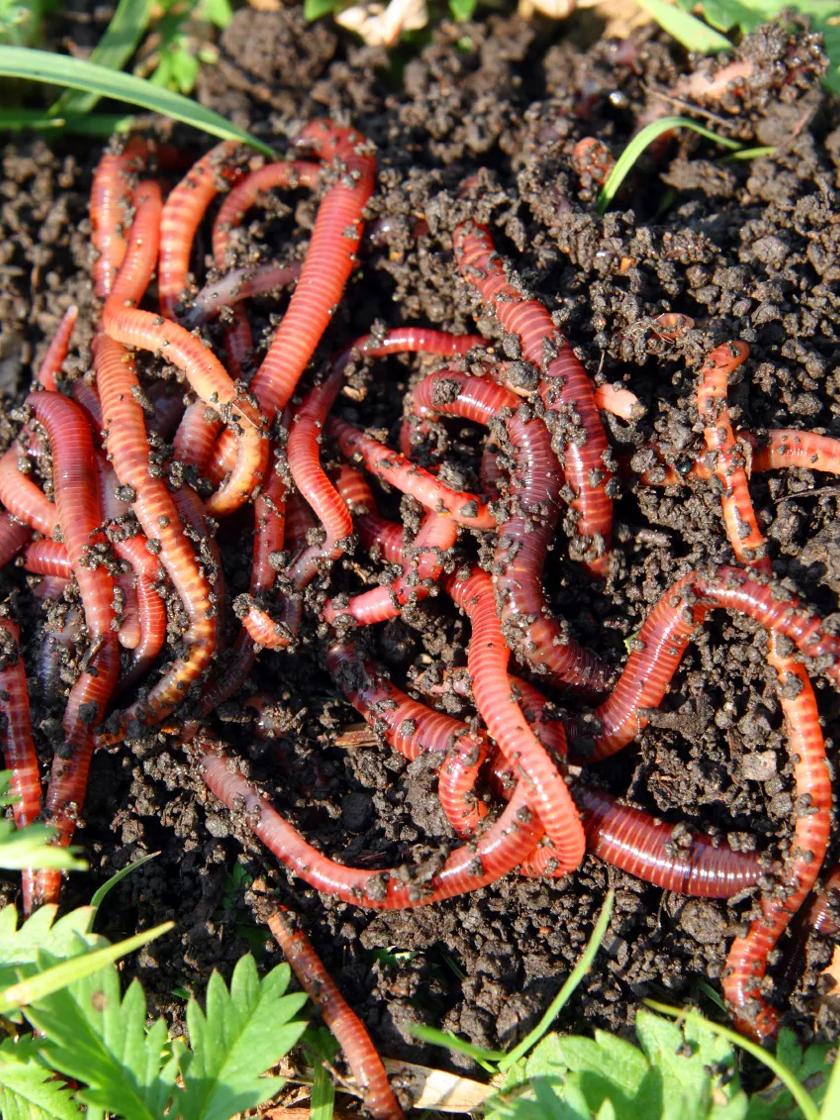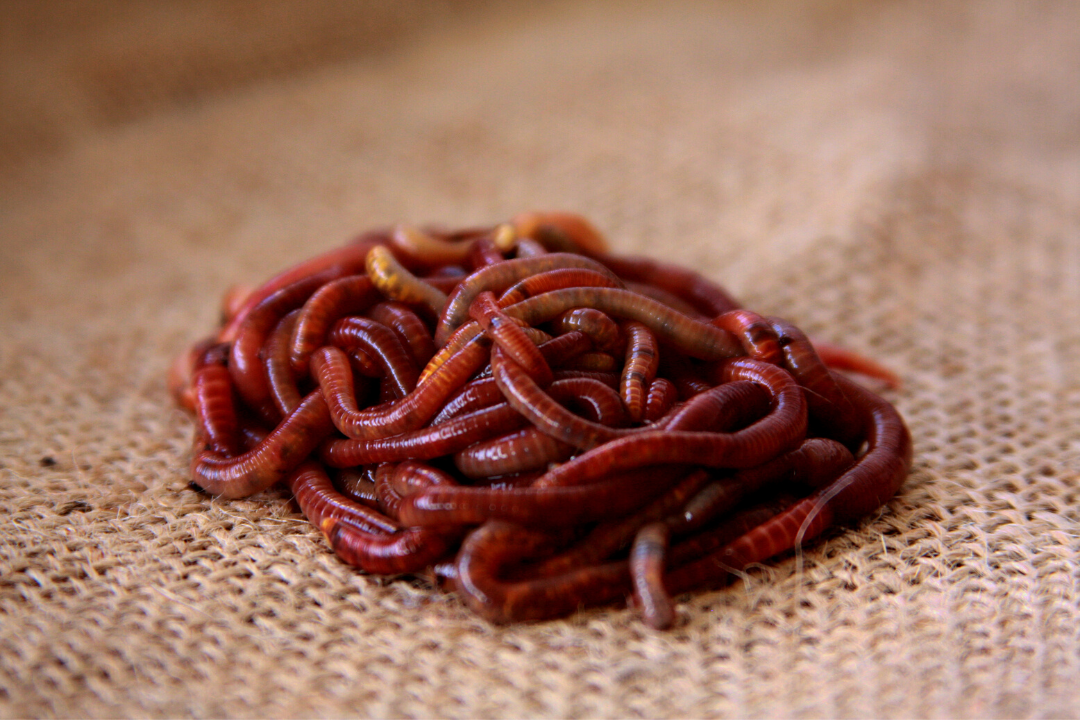Open the Secrets of Red Wigglers: Your Guide to Composting Success
The combination of red wigglers right into composting practices presents a substantial chance for enhancing dirt wellness and promoting sustainability. Understanding their needs and behaviors is critical for maximizing their possibility, from establishing up a proper worm container to feeding them the ideal materials.

What Are Red Wigglers?
Native to North America, they are commonly found in rotting leaves and compost heap, where they play a critical duty in nutrient recycling. Their adjustment to living in a wet, cardiovascular atmosphere enables them to take in large quantities of organic waste, simplifying into nutrient-rich spreadings that enhance dirt health.
Red wigglers reproduce swiftly, with a single worm qualified of producing several cocoons each week, each having numerous hatchlings. Understanding the biology and behavior of red wigglers is important for maximizing their potential in composting applications.
Benefits of Utilizing Red Wigglers
Utilizing the power of red wigglers in composting supplies many benefits that boost soil wellness and promote sustainable waste administration. These remarkable microorganisms effectively break down raw material, changing kitchen area scraps and lawn waste right into nutrient-rich vermicompost. This finished item is extremely useful for plant growth, as it boosts soil structure, boosts dampness retention, and boosts vitamins and mineral accessibility.

Establishing Your Worm Bin
Developing a reliable worm container is an uncomplicated procedure that can dramatically boost your composting initiatives. The very first step is picking an ideal container. Worm containers can be made from plastic storage space bins, wood boxes, or readily readily available worm containers. Guarantee the container has adequate drainage and air flow openings to maintain optimum wetness degrees and airflow.
Next, prepare the bed linens product, which works as the worms' habitat. A mix of shredded paper, cardboard, and coconut coir works well, providing a comfy atmosphere for the worms. Goal for a bed linens depth of about 4-6 inches. Moisten the bed linens lightly, ensuring it looks like a moist sponge without excess water pooling near the bottom.

Feeding Your Red Wigglers
To ensure the health and efficiency of your red wigglers, it is important to offer them with a balanced diet regimen that fulfills their nutritional needs. Red wigglers thrive on a varied selection of natural products, which not only supply needed nutrients yet likewise promote effective composting.
Begin by including kitchen area scraps such as veggie peels, fruit cores, and coffee grounds. Prevent citrus fruits, onions, and garlic, as these can be detrimental to worm health. In addition, introduce shredded paper, cardboard, and dry fallen leaves to create a well-aerated setting.
Feeding frequency should be monitored; normally, worms can take in half their body weight in food weekly. It is important to stay clear of overfeeding, as excess food navigate to these guys can bring about unpleasant smells and bring in parasites. A great technique is to add food in small quantities, allowing worms to process it before introducing a lot more.
Keeping wetness degrees is additionally essential; the bedding needs to be moist yet not soggy. Finally, make sure to consistently inspect the temperature and pH levels of the bin to guarantee an optimal environment for your red wigglers, ultimately boosting their composting efficiency.
Harvesting and Utilizing Compost
An effective composting procedure with red wigglers finishes in the rich, dark garden compost known as vermicompost, which can considerably boost soil health and wellness and plant development. Collecting this nutrient-dense product commonly happens every 3 to six months, depending upon the dimension of your system and the amount of organic issue being refined.
To gather, carefully different the garden compost from the worms and any kind of undecomposed products. One effective method entails moving the contents of the container away and including fresh bed linen and food to the vacant space, encouraging the worms to move. After a few days, the garden compost can be collected from the opposite side.
It is vital to make use of vermicompost properly to optimize its benefits. By incorporating vermicompost right into your gardening program, you not just recycle organic waste yet also produce a thriving environment that sustains lasting gardening methods.
Final Thought
In summary, red wigglers work as outstanding allies in composting efforts, changing natural waste right into nutrient-rich vermicompost (Red Wiggler Express). Their unique biological features and efficient waste processing abilities add significantly to sustainable gardening practices. By comprehending the optimum conditions for their habitat, feeding demands, and garden compost harvesting strategies, garden enthusiasts can enhance soil health and wellness and advertise plant vigor. Welcoming vermicomposting not just lowers landfill waste but likewise promotes a much more eco liable strategy to horticulture and source management.
Comments on “The Secret to Lush Lawns Starts with Red Wiggler Express Lawn Care Services”